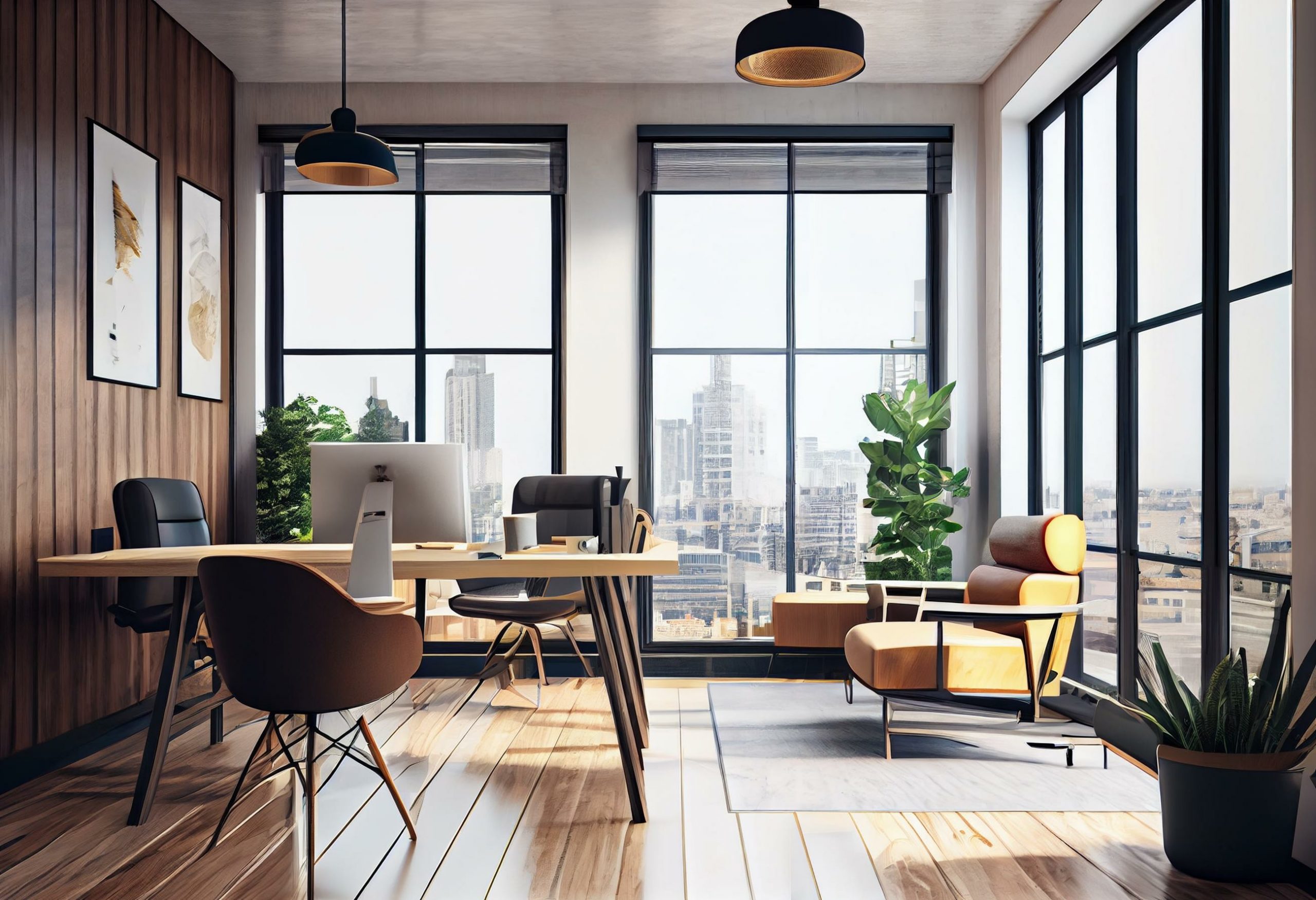
The elegance of hardwood flooring in a commercial space is unmatched. This adaptable and aesthetically pleasing material can metamorphose any business setting, cultivating a welcoming atmosphere that invites customers to linger. Whether it’s a chic boutique or a modern office, hardwood’s timeless charm makes it a perennial favorite in commercial design.
Thanks to hardwood’s surging popularity, a variety of resources have cropped up to guide users through the intricacies of hardwood flooring, including woodenfloorsuk.com. They can provide comprehensive insights into the material’s residential and commercial applications.
Continue reading this article to learn about the best hardwood design ideas and trends that could transform the functionality and allure of your commercial space.
Choosing The Right Type Of Wood
This critical decision involves understanding that not all hardwoods are created equal. Each species has distinct characteristics, as well as a unique color, grain pattern, durability, and cost. Businesses need to select a hardwood that aligns with their aesthetic goals, functional requirements, and budget. Consider the sturdy and versatile oak, or if luxury is the aim, exotic woods like teak or mahogany might be just the ticket.
A Nod To Natural Aesthetics
The resurgence of natural materials like hardwood in building design signals a shift toward more genuine, sustainable interiors.
The variety in colors, grains, and textures that hardwood offers creates a unique aesthetic that resonates with many. A simple stroll across a hardwood floor unveils the difference it makes, infusing the space with an unparalleled authentic flair.
The Power Of Color Trends
Color plays a pivotal role in commercial design. Today’s trends lean toward extremes—either very dark or very light wood floors. Dark woods, like ebony or walnut, exude sophistication, while lighter ones, such as white oak or ash, can make a room seem more spacious and airier. Striking a balance between trends and the business’s needs can lead to a design that remains appealing for years.
Customization Through Stains, Textures, And Finishes
The customization possibilities of hardwood enhance its allure. Businesses looking to cultivate a specific ambiance can take advantage of stains, which offer a wide range of color options—from deep browns to contemporary grays or even whitewashed tones. Finishes, too, can help refine the look and feel of the floor, affecting its sheen and resistance to wear and tear.
The hardwood design realm has moved past the era of glossy, impeccably smooth floors. Current trends favor more textured and natural finishes, such as wire-brushed, hand-scraped, or distressed. They bring a touch of rustic charm, enhancing the character of any commercial space. These finishes not only enhance aesthetics but also camouflage minor dents and scratches common in busy areas.
Experimenting With Patterns And Layouts
Innovation is also reflected in the installation of hardwood floors. The traditional straight-plank installation has given way to more creative layouts, adding a layer of visual interest. Design elements like herringbone, chevron, or parquet patterns can transform a floor into an artistic statement. The goal here is to push the boundaries of conventional hardwood installations to deliver a unique aesthetic.
Creating A Cohesive Design
Once the hardwood type, color, and texture have been chosen, it’s important to consider how these fit into the larger design context. As impressive as hardwood floors are, they should harmonize with the overall commercial space. This means considering other elements like color schemes, furniture, lighting, and architectural features.
A balanced design can enhance visual appeal, providing a more inviting and engaging customer experience.
The Statement Of Sustainability
Hardwood flooring not only serves aesthetic purposes but also demonstrates a business’s commitment to sustainability. By choosing responsibly sourced hardwood, businesses can actively reduce their environmental impact. Furthermore, hardwood’s longevity translates to less waste in the long run, contributing to its sustainable appeal.
Hardwood Care And Maintenance
Just as any valuable asset, hardwood floors demand regular care and maintenance. This includes routine cleaning, swift attention to spills, and occasional refinishing. By doing so, businesses can extend the beauty and durability of their hardwood floors, ensuring they remain attractive for many years.
Future Trends In Commercial Hardwood Design
Even with the timeless appeal of hardwood, it’s important to note that design trends continue to change and evolve. Industry experts predict the increased popularity of eco-friendly treatments, such as low-VOC finishes, and sustainable wood varieties like bamboo. There’s also an anticipated growth in the love for textured, artisanal hardwood floors.
Staying updated with these trends allows businesses to make knowledgeable decisions when renovating or creating new spaces.
Conclusion
The decision to incorporate hardwood into a commercial space involves thoughtful planning and insightful design. By understanding the material’s various benefits, staying on top of the latest trends, and selecting the right type of wood, businesses can develop a practical and aesthetically engaging space. It’s about embracing sustainability, balancing design with functionality, and generating an atmosphere that echoes the brand’s identity.
With its beauty and versatility, hardwood remains a commendable option for any commercial space aiming to leave a lasting impact.
Interesting Related Article: “The Best Flooring For Commercial Spaces“
